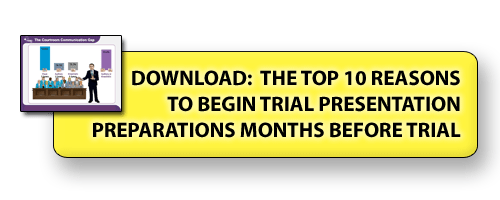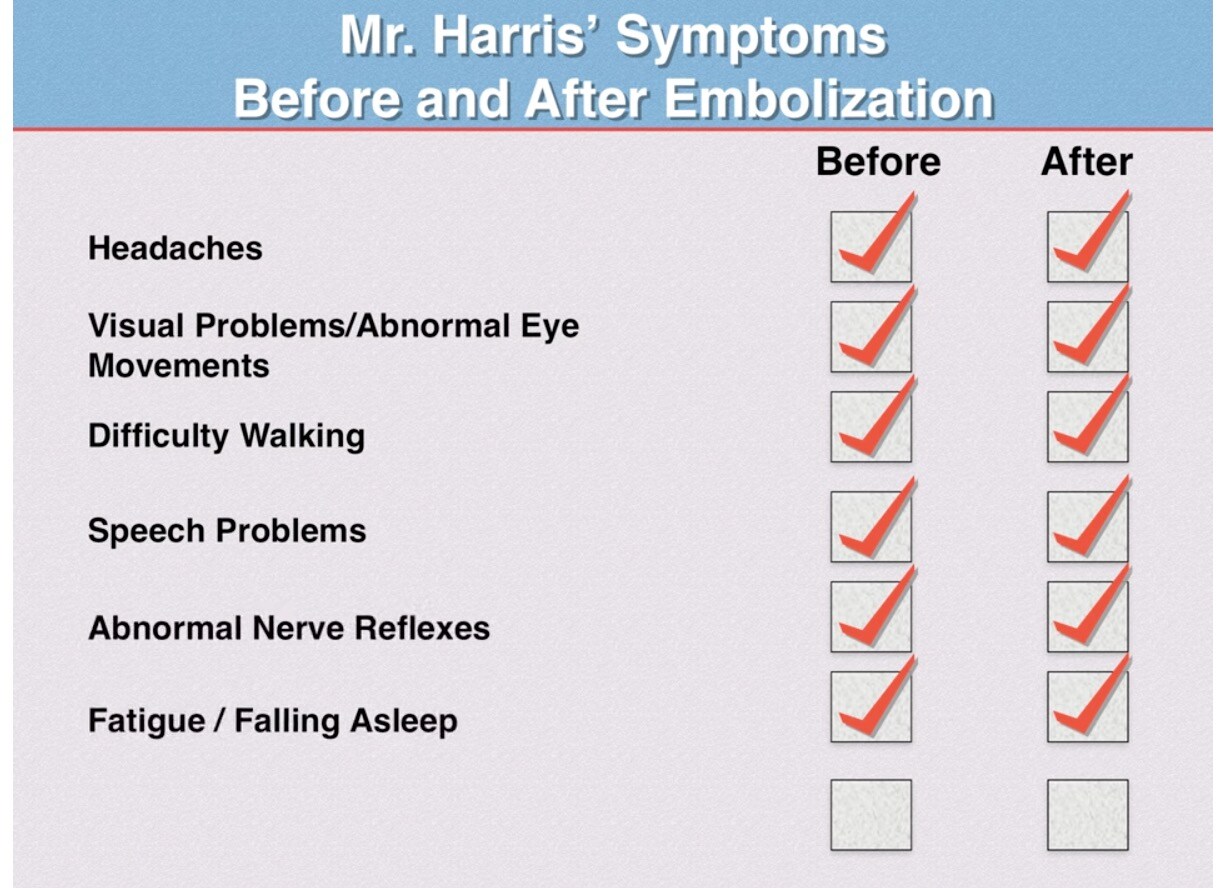Although checklists are not as dramatic as other types of litigation graphics such as three-dimensional animations or interactive PowerPoint timelines, they can be very effective in persuading juries on key issues and in making it easier for them to recall the important elements of a case.
In the trial context, checklists are usually presented as straightforward representations of the factual or legal elements of a case that can be filled in with a yes or no answer.
These apply accepted principles of human psychology. A good salesperson can often take control of a conversation by getting a prospect to answer his or her questions with a series of “yeses.” A great speaker can engage an audience by using repetition artfully to carry the audience along. Similarly, a checklist can help make technical points much clearer and can help a judge or jury organize material that is potentially difficult by breaking it into smaller pieces.
An article published in April 2007 in Champion, the magazine of the National Association of Criminal Defense Lawyers, discussed a study that tested whether jurors gain a better understanding of complex evidence related to mitochondrial DNA (mtDNA) if they are given a checklist that guides them through the evidence by asking them a series of questions.
The study, funded by the National Institute of Justice, concluded that “jurors provided with an mtDNA checklist performed better (on an expanded Jury Comprehension Scale) than those without access to the checklist.” The jurors understood the complex testimony of expert witnesses better if they had a checklist to break down the issues. Accordingly, the NACDL recommended that practitioners consider using checklists, among other techniques, to increase juror comprehension.
For example, by paying attention to the medical malpractice checklist below that we prepared as a trial exhibit, jurors could easily understand that the patient experienced the same symptoms before the alleged malpractice as afterwards and that damages should not be awarded. Although tens of millions of damages were alleged, none were awarded. Listing six different symptoms and having each one answered in precisely the same way not only breaks the evidence down in a comprehensible manner; it also places the jurors in the habit of answering in the same fashion for each symptom.
Similarly, in the checklist below, which we used in a fraud case, we broke out the legal elements of fraud and of conversion of a corporate opportunity and answered “no” to the question of whether each one had been adequately proved. By conceding some "yeses," we successfully earned credibility with the jury.
And the litigation graphic checklist below, which was introduced in a patent invalidity case, breaks down the invalidity claim involving indoor ice making systems for refrigerators and other refrigerator technologies into a dozen specific aspects of the technology, making it easier for jurors to understand.






Leave a Comment